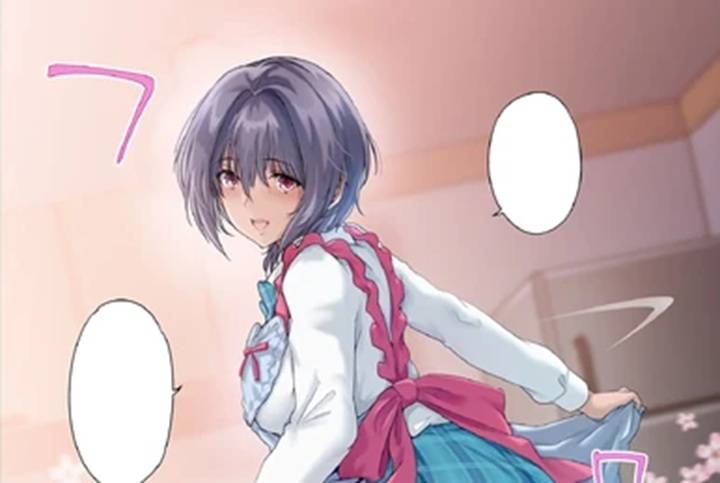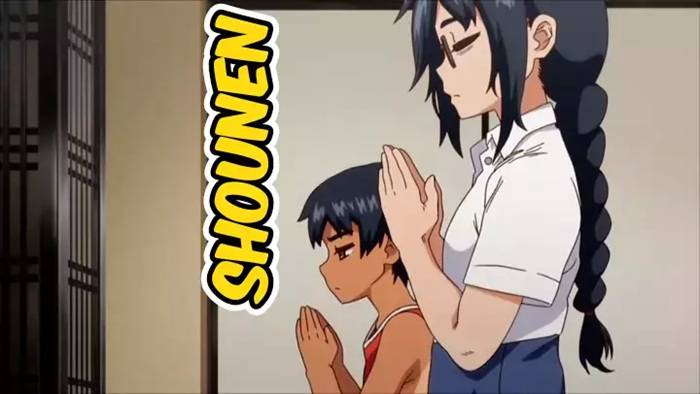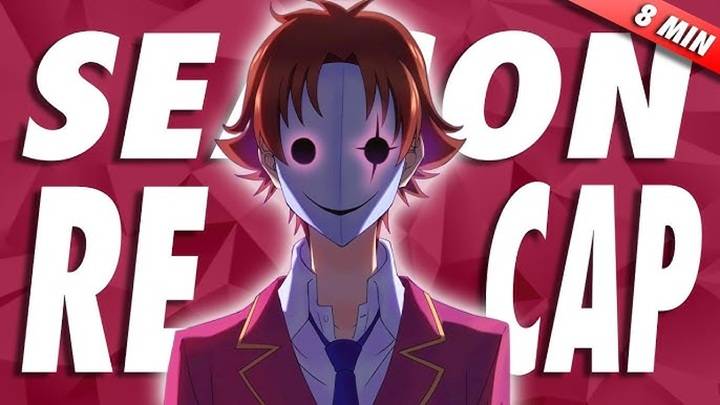
Shounen ga Otona ni Natta Natsu: A Poetic Coming-of-Age from Boyhood to Manhood
Shounen ga otona ni natta natsu Growing up is never easy, and anime has always achieved the impossible when it comes to illustrating this transformation. Of this most poignant work of art is Shounen ga Otona ni Natta Natsu—a coming-of-age story that aptly illustrates the bittersweet nature of youth. If you have absolutely no idea what this title is referring to, literally it stands for “The Summer Boys Grew Up.” And believe us when we say that it is just as nostalgic and heartbreaking as the title indicates.
Whether you’re a current viewer of this show or are just interested in why it’s so unique, this blog is going to take you through its concept, characters, themes, emotional impact, and all that makes it so unique as an anime of this type. Let’s dive into this beautiful tale. Which is about youth, friendship, and the fleeting nature of summer.
What is ‘Shounen ga Otona ni Natta Natsu’?

Shounen ga Otona ni Natta Natsu is a slice-of-life anime. It takes a serious tone. The story carries strong emotional depth that connects with the audience. It’s not an action shounen fighting series. Instead, it’s a slow burn, character-driven story about a bunch of boys who get to share one summer together before life starts pulling them in separate directions.
Billed as a short run, this anime glides by without notice next to blockbusters. That being said, it is one that should be noticed with its relatability factor and character development. Quite literally and figuratively, the title means change, and that is exactly what it has in store.
Plot Summary
The story follows a group of teenage boys. Their names are Haruki, Ren, Satoshi, and Kaito. They have grown up together in a small beach town. As their final summer break of high school begins, they face a hard truth. Everything around them is about to change.
They’re off to university, some have to drop family responsibilities, and some are just trying to figure out life. The movie does not record one huge dramatic scene that’s happening. It instead builds up gradually through bicycle rides, late-night talks, rolling-your-eyes confessions, and hushed goodbyes.
Each episode is emotionally based regrets, fear, laughter, and the burden of the future. You, as the viewer, are inside their world, and when summer ends, your own childhood seems to end with it.
Themes Discussed
- Coming of Age
This is the message at the center of the anime. It does not gloss over life growing up. It shows how wonderful and scary it can be at the same time. - Friendship
The friendship between the boys is good, but in all teen relationships, it’s tested by time and change. - Nostalgia
From summer carnivals to broken bikes, the show goes all out for retro imagery that makes you wish for your own youth. - Change and Acceptance
The biggest take away is that change occurs in life. Even when friends diverge, memories are left behind.
Characters and Development
Each and every member of Shounen ga Otona ni Natta Natsu is specially crafted to portray every teenager’s dilemma.
Haruki is the caretaker who is constantly trying to keep everything together.
Ren is the idealist who is moving to Tokyo to study at art school.
Satoshi hides his fear of the future behind the mask of humor.
Kaito is lost and has no idea what he is doing.
Both of them develop as human beings during the series. The development is subtle but deep. You see in the manner they talk, walk, and even the way they stay quiet.
Art and Animation
The animation itself is very gentle. And reminiscent of watercolor painting. Every frame is a recollection. Sunlight filters through leaves, waves gently explode, and fireflies twinkle at night. It is more art than animation in some episodes.
The studio employed subdued colors and natural light to create a softer mood as warm and contemplative. The character design is minimalist but expressive, with greater focus on feeling than gaudy detail.
Music and Sound Design
Music is a dominant element of this anime. Background music comes in the form of soft piano melody, acoustic guitar chord, and natural sounds. No shrieking soundtrack just enough to make you feel.
The ending theme was a melancholic track. Which is sung by a female vocalist. It brings tears to your eyes after each episode. It’s one of those soundtracks you’ll search for even after the show ends.
Why It Resonates with Audiences
We all age. We all must bid farewell to friends with whom we shared every day of growing up. That is precisely the reason why Shounen ga Otona ni Natta Natsu resonates with individuals. It is talking to them of old friends, lost summers, and unmade decisions.
It’s not a flight-of-fantasy or sci-fi story. It’s honest, real, and based on its emotions. That is rather rare for anime. That’s precisely why it sticks with individuals long after the credits stop rolling.
Cultural Relevance
Summer vacation is a huge aspect of Japanese teen society. Anime uses this as a backdrop, but Shounen ga Otona ni Natta Natsu uses it in reverse. It’s not a beach or fireworks episode—it’s the end of an era.
The cultural details such as the Bon Festival, summer school, and obento lunches create a genuine Japanese feel for the show, but the subject matter can be translated anywhere.
Comparison with Other Coming-of-Age Anime
If you’ve watched titles like Anohana, A Silent Voice, or 5 Centimeters Per Second, you’ll find some similarities here. The themes feel familiar. The tone carries the same emotional weight. Fans of those titles will likely feel at home with this one.
However, unlike Anohana, this anime has no supernatural elements. It stays grounded in reality. And unlike 5 Centimeters Per Second, it doesn’t rely on romance. The emotion comes from friendship, change, and time—not love stories.
In many ways, Shounen ga Otona ni Natta Natsu feels more honest and intimate.
Where to Watch
You can stream this anime on platforms like:
- Crunchyroll
- Netflix Japan
- Amazon Prime (region-dependent)
- Blu-ray collectors edition (available for international shipping)
Always look for official sources to support the creators and studios.
Also Read: When Calls the Heart Season 11
Fan Reactions and Reviews
Online communities have praised the anime for its sincerity. Its poetic storytelling brought so much praise. Some user reviews from MyAnimeList and Reddit read:
“I never thought I’d cry just watching a group of boys ride bikes.”
“It reminded me of my high school days. The last scene? I’m still not over it.”
“So underrated. This should be a must-watch for every anime fan.”
The show has a niche but loyal fanbase. And new viewers continue to discover it every year.
Future Speculations or Spin-offs

There has not been a sequel release, and in all honesty, the series is finished. But some fans are speculating a time-skip OVA or college reunion movie would bring in fresh insight.
No matter any additional content, this anime is perfect as it is. Some stories need not be extended they merely need to be remembered.
FAQs About Shounen ga Otona ni Natta Natsu
What is ‘Shounen ga Otona ni Natta Natsu’ in English?
It is called “The Summer Boys Grew Up.”
Is it an anime version of a manga?
No, it is an original short anime series.
How long is it?
There are 6 episodes with approximately 22 minutes each.
Is it for everyone?
Yes, no violent or coarse content. It is for teenagers and adults who enjoy emotional stories.
Is it in dubbed format?
Currently, it’s available only with subtitles in English and a few other languages.
A Summer You’ll Never Forget
Shounen ga Otona ni Natta Natsu is more than an anime. It’s a memory and a feeling. It’s a reminder of the people and moments that shape us. It’s soft, slow, and sincere.
If you like storylines as real as possible where emotion lands more than action then this anime is for you. So grab a seat, press play, and let yourself be transported by a summer that will turn everything around.



